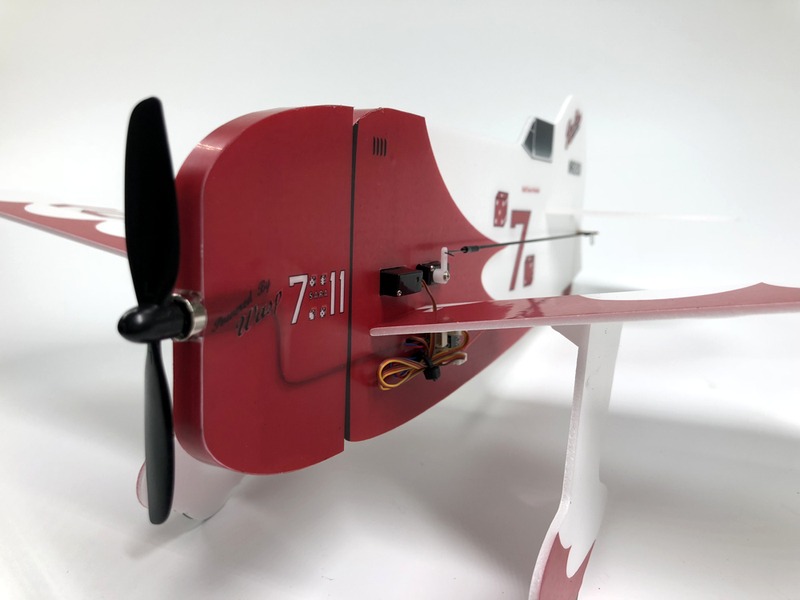Can a RC plane go supersonic?

No, a radio-controlled (RC) plane cannot go supersonic. This is because RC planes are typically powered by small electric motors or internal combustion engines, which are not powerful enough to reach supersonic speeds. Additionally, the airframes of RC planes are not designed to withstand the extreme forces associated with supersonic flight.
The speed of sound, or Mach 1, is approximately 767 mph (1,234 km/h). To reach supersonic speeds, an aircraft must travel faster than Mach 1. This requires a tremendous amount of thrust, which is generated by the engine. RC planes typically use small electric motors or internal combustion engines, which are not powerful enough to reach supersonic speeds.
In addition to the engine, the airframe of an aircraft must be designed to withstand the extreme forces associated with supersonic flight. The airframe of an RC plane is not designed to withstand these forces, and would likely break apart if it were to attempt to reach supersonic speeds.
Furthermore, the control surfaces of an RC plane are not designed to be effective at supersonic speeds. Control surfaces are the parts of the aircraft that allow the pilot to control the aircraft’s direction and attitude. At supersonic speeds, the air is moving too quickly for the control surfaces to be effective. This means that the pilot would not be able to control the aircraft if it were to reach supersonic speeds.
In conclusion, a radio-controlled plane cannot go supersonic. This is because RC planes are typically powered by small electric motors or internal combustion engines, which are not powerful enough to reach supersonic speeds. Additionally, the airframes of RC planes are not designed to withstand the extreme forces associated with supersonic flight, and the control surfaces are not designed to be effective at supersonic speeds.
Comments / Question
2. Shock waves: Shock waves can form around the aircraft as it moves through the air at supersonic speeds. These shock waves can cause the aircraft to become unstable and can create additional drag.
3. Compressibility: At supersonic speeds, the air molecules become compressed, which can affect the lift and stability of the aircraft.
4. Wave drag: Wave drag is created when the aircraft moves faster than the speed of sound. This can cause the aircraft to lose lift and stability.
5. Boundary Layer Separation: At supersonic speeds, the boundary layer of air around the aircraft can separate from the surface of the aircraft, causing additional drag.
2. Increase the power of the engine to provide more thrust.
3. Install a ramjet engine to provide additional thrust and reduce the need for fuel.
4. Increase the air intake of the engine to allow more air to be compressed, giving it more thrust.
5. Install air brakes to allow for more precise control of the plane's trajectory.
6. Add a drogue parachute to reduce the drag from the plane's tail during supersonic flight.
7. Strengthen the airframe to withstand the extreme forces of supersonic flight.
8. Install a Variable Geometry Exhaust Nozzle (VGEN) to reduce drag and improve efficiency.
2. Loss of control: Flying at supersonic speeds can cause the RC plane to become unstable and difficult to control, leading to a crash.
3. Damage to the plane: Flying at supersonic speeds can cause the plane to experience extreme stress, leading to structural damage.
4. Noise pollution: Flying at supersonic speeds can create a loud sonic boom, which can be disruptive to people in the vicinity.
5. Regulatory issues: Flying at supersonic speeds may be prohibited in some areas due to safety and noise concerns.

